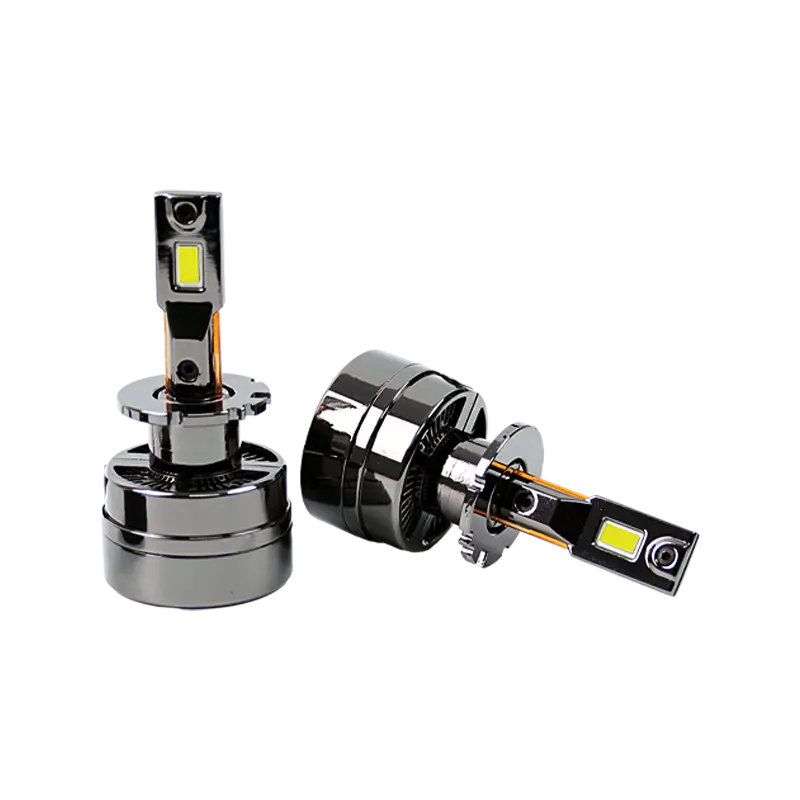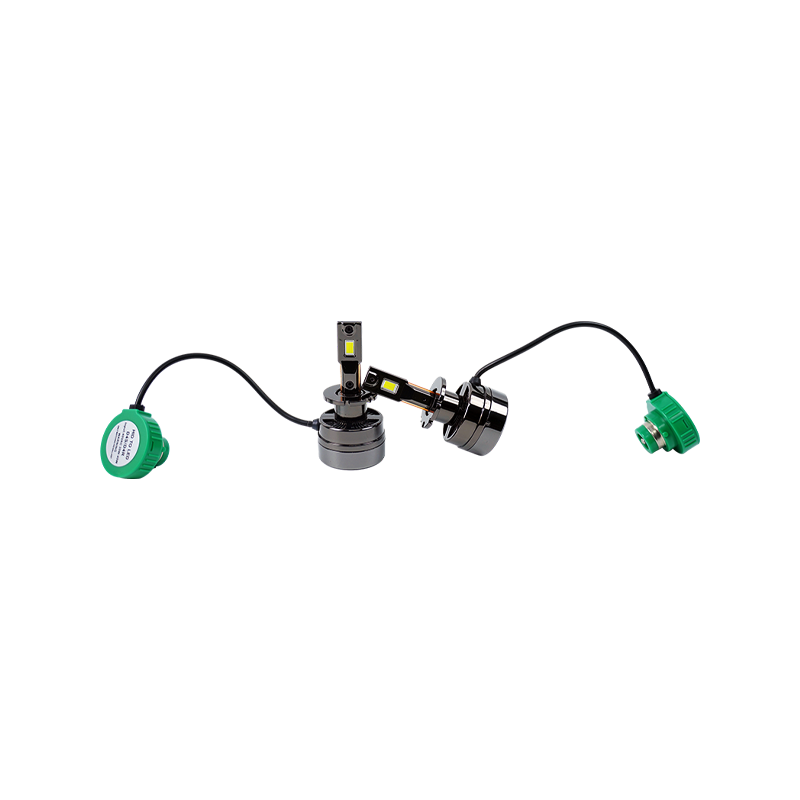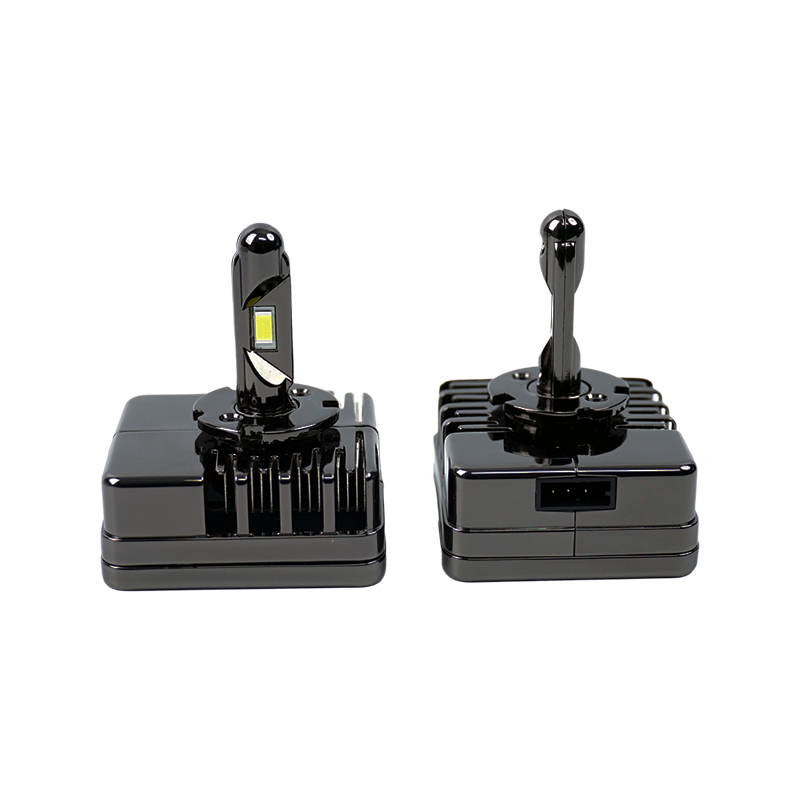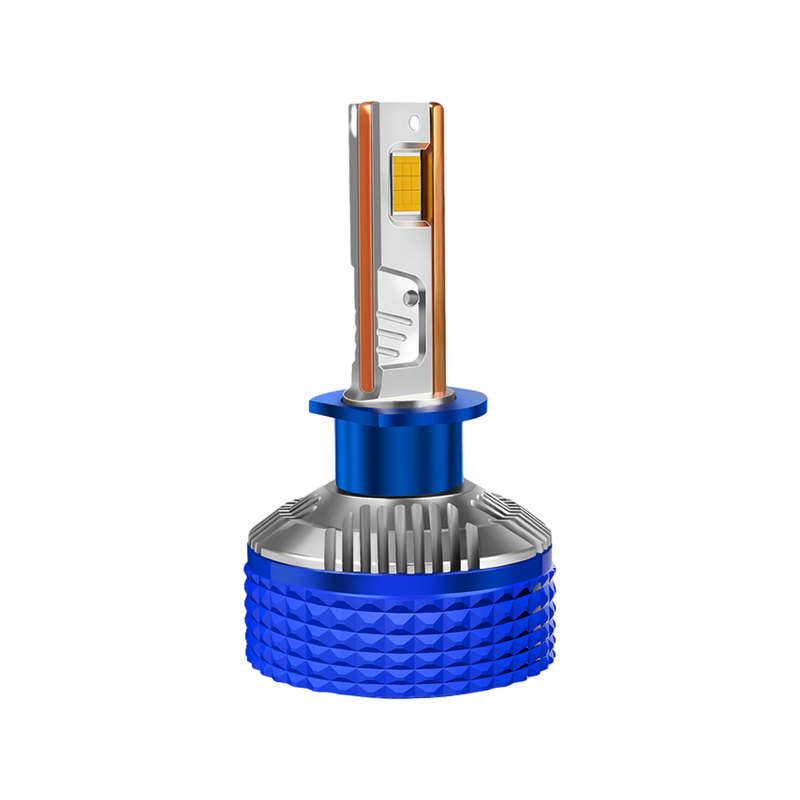The mini car led work light has become an essential accessory for drivers seeking improved visibility, safety, and functionality in various driving conditions. With advancements in LED technology, these compact lights provide efficient illumination, energy savings, and durability, making them suitable for a wide range of vehicles. One common question among car owners and automotive enthusiasts is how easy it is to install a mini car led work light on different car models.
Understanding the mini car led work light
A mini car led work light is a compact lighting device designed to provide bright, focused illumination in automotive applications. Unlike standard headlights or auxiliary lights, these work lights are versatile, lightweight, and energy-efficient. They are typically used for:
- Off-road driving
- Emergency situations
- Worksite illumination
- Enhancing nighttime visibility
The compact design of a mini car led work light allows it to be mounted in various locations, including bumpers, roofs, or interior compartments, depending on the vehicle type. Their low power consumption and long lifespan make them an attractive choice for both casual and professional users.
Key factors affecting installation
Installing a mini car led work light on different car models requires consideration of several factors. These factors ensure compatibility, ease of installation, and optimal performance. The main aspects include:
Vehicle type and design
Different car models have varied structural designs, which can impact the installation process. Compact cars, SUVs, trucks, and vans each present unique mounting challenges. For example:
- Compact cars may have limited space near the bumper or roof for secure mounting.
- SUVs and trucks often provide more flexible mounting options, including reinforced surfaces for heavier lights.
- Vans or commercial vehicles may require additional brackets or mounting kits to achieve the correct positioning.
Understanding the vehicle’s structure helps determine the best mounting location and ensures the mini car led work light performs effectively without interfering with existing components.
Mounting location and accessibility
The choice of mounting location is crucial for proper illumination and ease of installation. Common mounting locations include:
- Front bumper for auxiliary lighting
- Roof racks or bars for off-road visibility
- Side panels or rear compartments for worksite illumination
Each location has its advantages and installation considerations. Accessibility is a key factor, as hard-to-reach areas may require specialized tools or additional labor. Evaluating the vehicle layout beforehand simplifies installation and reduces the risk of improper mounting.
Wiring and electrical compatibility
A critical aspect of installing a mini car led work light is connecting it to the vehicle’s electrical system. Considerations include:
- Vehicle voltage (most vehicles use 12V systems)
- Availability of fused circuits for safety
- Accessibility of power sources and grounding points
Proper wiring ensures that the mini car led work light operates reliably without causing electrical issues. Many lights come with plug-and-play wiring kits, which simplify the installation process for users with limited technical experience.
Mounting hardware and accessories
Mini car led work lights often include basic mounting hardware, such as brackets, screws, and clamps. However, depending on the car model, additional accessories may be required:
- Adjustable brackets for angled mounting
- Extension cables for vehicles with distant power sources
- Rubber gaskets or washers for vibration absorption
Selecting the correct hardware and accessories helps prevent damage to the vehicle and ensures the light remains securely in place during operation.
Step-by-step installation process
While installation methods can vary based on vehicle type, the general process for a mini car led work light involves several consistent steps:
Step 1: Planning the installation
- Identify the preferred mounting location based on illumination needs and vehicle structure.
- Check for obstructions, such as air intakes, sensors, or body panels.
- Confirm that the electrical system can support the additional light without overloading circuits.
Step 2: Preparing the mounting area
- Clean the surface where the light will be mounted.
- If necessary, drill or prepare holes for brackets, ensuring they align with the vehicle’s structure.
- Use protective gaskets or washers to prevent scratches and vibration damage.
Step 3: Mounting the light
- Attach the mini car led work light to the chosen bracket.
- Adjust the angle of the light for optimal illumination coverage.
- Tighten all screws and bolts to ensure stability.
Step 4: Connecting the wiring
- Connect the positive and negative wires to the appropriate power source and grounding points.
- If using a relay or switch, follow the manufacturer’s wiring diagram for proper integration.
- Secure wires with clips or ties to prevent them from interfering with moving parts.
Step 5: Testing the light
- Turn on the vehicle and operate the mini car led work light to confirm functionality.
- Adjust the angle if necessary to achieve the desired coverage.
- Check for any signs of electrical issues, such as flickering or overheating.
Installation tips for different car models
Different vehicles may require unique approaches to ensure a smooth installation:
Compact cars
- Focus on lightweight mounting brackets to avoid stress on body panels.
- Choose locations that do not obstruct the driver’s view or interfere with aerodynamics.
SUVs and trucks
- Utilize the robust structure for secure mounting on roof racks or bumpers.
- Consider additional reinforcement for heavier or high-output lights.
Vans and commercial vehicles
- Use adjustable brackets to accommodate flat or curved surfaces.
- Ensure proper wiring integration with existing electrical systems to avoid overloading circuits.
Common challenges and solutions
Even with a straightforward design, installing a mini car led work light can present challenges:
| Challenge | Solution |
|---|---|
| Limited mounting space | Use compact or adjustable brackets for flexibility |
| Electrical compatibility issues | Employ a relay kit or fuse-protected circuit |
| Vibration or movement | Add rubber washers or vibration-dampening mounts |
| Hard-to-reach wiring areas | Use extension cables and cable organizers |
Addressing these issues before installation minimizes frustration and ensures long-term reliability.
Benefits of professional installation
While many users install a mini car led work light themselves, professional installation offers certain advantages:
- Guaranteed proper electrical connections
- Expert placement for maximum illumination and safety
- Access to specialized tools and mounting solutions
For vehicles with complex electrical systems or unique structural designs, professional installation ensures the mini car led work light performs optimally and reduces potential damage to the vehicle.
Maintenance after installation
Maintaining a mini car led work light after installation is essential for longevity:
- Regularly inspect the mounting hardware for loosened bolts.
- Clean the lens and housing to prevent dust and grime accumulation.
- Check the wiring periodically for wear or damage.
- Ensure that seals and gaskets remain intact to maintain waterproofing.
Proper maintenance enhances performance and prevents early failure, especially in vehicles exposed to off-road conditions or extreme weather.
Conclusion
Installing a mini car led work light on different car models is generally straightforward when careful consideration is given to vehicle type, mounting location, wiring, and hardware. While challenges may arise due to limited space, electrical compatibility, or vehicle-specific constraints, following a structured installation process and understanding the key factors ensures a successful outcome. Whether installed by the vehicle owner or a professional, a mini car led work light can provide reliable illumination, safety, and efficiency across a wide range of automotive applications.
By following these guidelines and tips, car owners can confidently install a mini car led work light on virtually any vehicle model, maximizing visibility and functionality while minimizing installation challenges.

 English
English Español
Español عربى
عربى русский
русский












